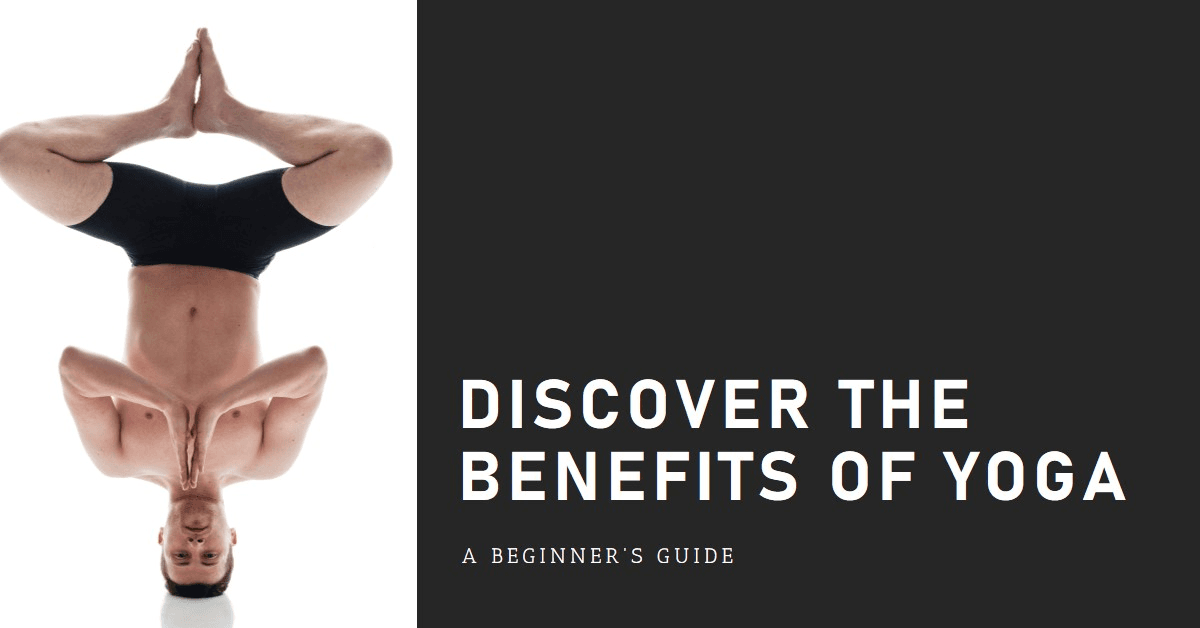Yoga. The term often evokes images of pretzel-like poses mastered by seasoned practitioners. However, this ancient practice offers a much broader range of benefits, making it a valuable tool for anyone seeking to enhance their physical and mental well-being.
At its foundation, yoga is a holistic approach to health, encompassing physical postures (asanas), breathing techniques (pranayama), and meditative practices. This multifaceted approach aims to cultivate harmony between the mind, body, and spirit.
The Power of Practice: Unveiling the Benefits of Yoga
The advantages of incorporating yoga into your routine are numerous and well-documented. Here are some key benefits to consider:
- Enhanced Physical Fitness: Yoga postures improve flexibility and range of motion, while strengthening muscles and promoting better balance.
- Stress Management: Pranayama, the yogic breathing technique, plays a vital role in reducing stress and anxiety by activating the body’s relaxation response.
- Improved Mental Clarity: Focusing on breath and movement during yoga practice fosters a state of mindfulness, leading to enhanced mental clarity and focus.
- Sleep Optimization: The relaxation techniques employed in yoga promote better sleep quality, allowing you to wake up feeling refreshed and energized.
- Body Positivity: Yoga encourages a shift in perspective, teaching you to appreciate your body for its unique capabilities rather than focusing solely on aesthetics.
Starting Your Yoga Journey: Practical Tips for Beginners
Embarking on your yoga journey doesn’t require advanced athleticism or contortionist skills. Here are some helpful pointers for beginners:
- Class Selection: Explore various yoga styles, such as gentle Hatha or more dynamic Vinyasa, to find one that aligns with your fitness level and preferences.
- Invest in a Quality Mat: A comfortable and supportive yoga mat enhances your practice and minimizes the risk of injury.
- Listen to Your Body: Respect your limitations. Yoga is about exploring your capabilities, not pushing yourself beyond your comfort zone.
- Embrace Modifications: Most poses have variations suitable for all body types and levels of flexibility. Don’t hesitate to ask your instructor for guidance.
- Focus on Breath: Consistent and deep breathing throughout your practice is paramount. It acts as a bridge between your mind and body.
Beyond the Asana: Resources for Further Exploration
This blog post serves as a springboard for your yoga exploration. Here are some additional resources to deepen your understanding and enhance your practice:
- Ekhart Yoga: This online platform provides a comprehensive library of free yoga classes and informative articles.
- DoYogaWithMe: Another excellent resource, DoYogaWithMe offers a diverse range of yoga classes catering to all levels.
- Yoga Journal: A leading website in the yoga space, Yoga Journal features informative articles, detailed pose breakdowns, and inspiring stories from yogis worldwide.
By incorporating yoga into your routine, you embark on a journey of self-discovery and well-being. Remember, yoga is a practice, not a destination. Be patient, celebrate your progress, and enjoy the process!
Yoga goes far beyond just physical postures (asanas). While it certainly offers benefits for physical fitness, it encompasses a much broader range of uses that can improve your overall well-being.

Here’s a breakdown of the different uses of yoga:
- Physical Fitness: Yoga improves flexibility, strength, balance, and range of motion. This can help with injury prevention, improve athletic performance, and alleviate chronic pain.
- Stress Management: Yoga incorporates breathing techniques (pranayama) that activate the relaxation response in the body. This can significantly reduce stress and anxiety, leaving you feeling calmer and more centered.
- Mental Well-being: Yoga fosters mindfulness by focusing on the breath and movement. This can improve mental clarity, concentration, and overall emotional well-being.
- Sleep Improvement: The relaxation techniques used in yoga can significantly enhance sleep quality. This leads to better rest and allows you to wake up feeling refreshed and energized.
- Body Positivity: Yoga encourages self-acceptance and teaches you to appreciate your body’s unique capabilities. It promotes a healthy body image and a shift in focus from aesthetics to functionality.
- Mind-Body Connection: Yoga integrates physical postures, breathing exercises, and meditation, creating a powerful mind-body connection. This holistic approach leads to a greater sense of well-being and inner peace.
Remember, yoga is a practice, not a competition. It’s a journey of self-discovery that caters to all ages and fitness levels.
Advantages of Yoga in our Body
When it comes to the advantages yoga offers for your body, it’s a win-win! Here’s a look at some key benefits:
- Enhanced Flexibility and Range of Motion: Yoga postures, or asanas, involve stretching and lengthening your muscles. This leads to increased flexibility, allowing you to move with greater ease and reducing your risk of injuries.
- Improved Strength and Muscle Tone: Many yoga poses hold you in positions that engage various muscle groups. Over time, this practice strengthens and tones your muscles, improving your posture and overall physical capabilities.
- Better Balance and Stability: Yoga poses often challenge your balance. As you hold these positions and transition between them, you develop better balance and stability, which can benefit your everyday activities.
- Pain Management: Yoga can be a valuable tool for managing chronic pain conditions like lower back pain, arthritis, and headaches. The gentle stretches and movements can improve mobility and reduce pain.
- Improved Cardiovascular Health: While some forms of yoga are more dynamic than others, all yoga practices involve controlled breathing. This can improve your cardiovascular health by increasing lung capacity and lowering blood pressure.
- Weight Management: Yoga can be an effective way to manage weight. Certain yoga styles can burn calories, while the focus on mindfulness can help you develop a healthier relationship with food.
- Boosted Immunity: Some studies suggest that yoga may help improve your immune system function. This can be due to factors like stress reduction, better sleep, and increased circulation.
These are just some of the many advantages yoga offers for your body. By incorporating yoga into your routine, you can build a stronger, more flexible, and healthier you.
Types of Yoga
Yoga encompasses a wide range of practices, each with its own unique emphasis and benefits. Here’s a breakdown of some of the most popular types of yoga:
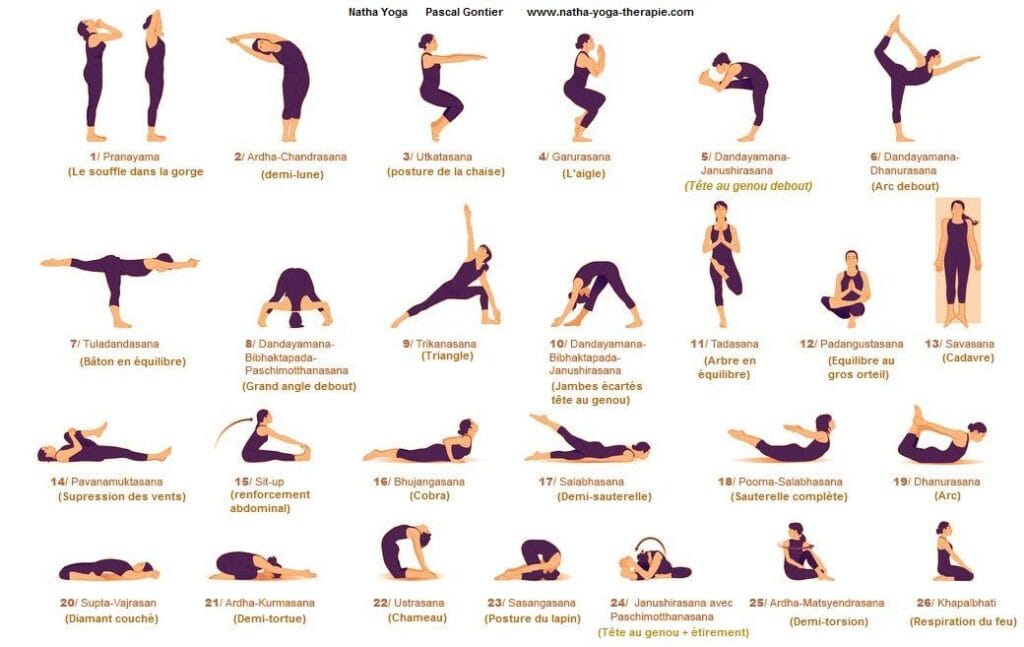
Hatha Yoga: Considered the foundation for many other yoga styles, Hatha yoga focuses on basic postures (asanas) and breathing exercises (pranayama). It’s a gentle introduction to yoga, suitable for beginners.
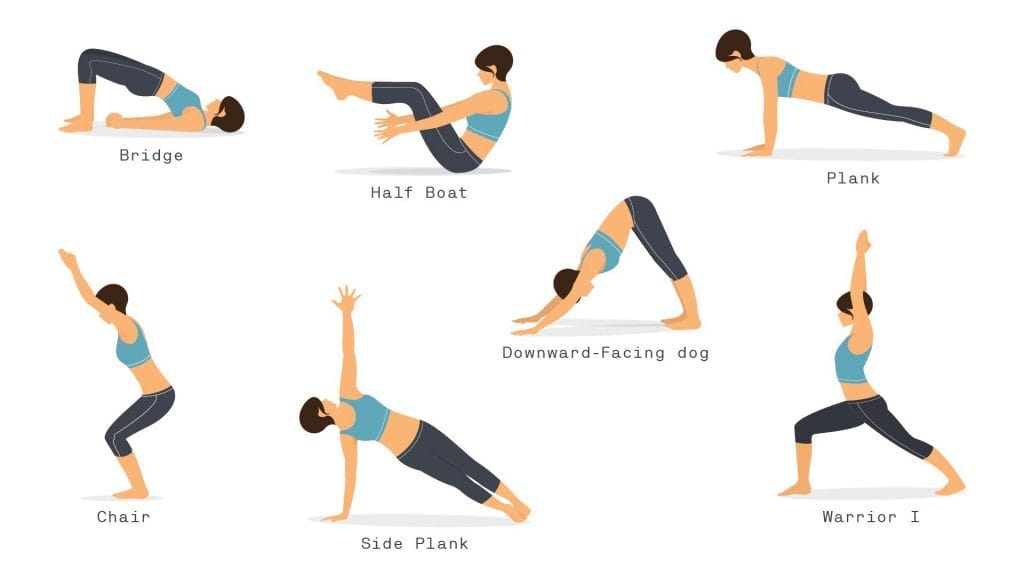
Vinyasa Yoga: Also known as flow yoga, Vinyasa yoga links movement and breath together in a continuous, flowing sequence. It’s a more dynamic and physically demanding practice.
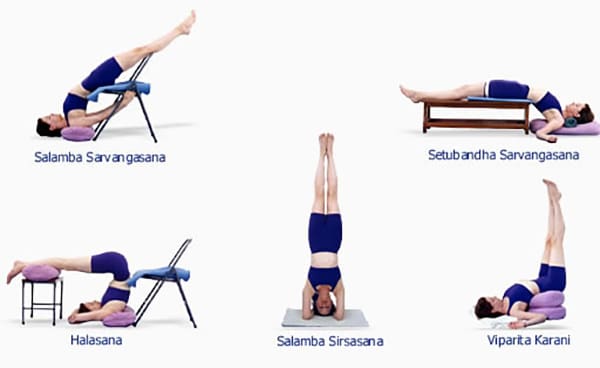
Iyengar Yoga: This style of yoga emphasizes proper alignment and uses props like blocks, straps, and bolsters to help you achieve optimal postures. It’s a great option for those seeking a therapeutic and precise practice.
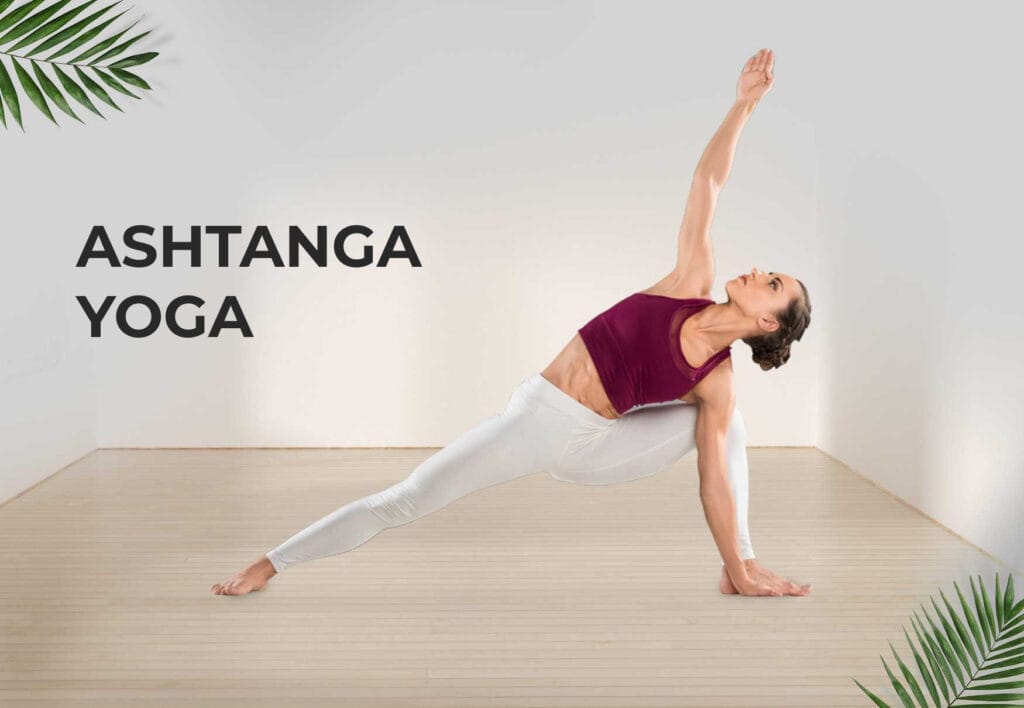
Ashtanga Yoga: A rigorous and physically demanding practice, Ashtanga yoga follows a set sequence of postures (asanas) practiced in a specific order. This style is not recommended for beginners.
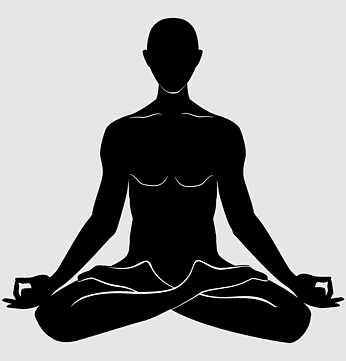
Kundalini Yoga: This unique style incorporates chanting, breathwork, postures, and meditation. It’s known for its ability to awaken your kundalini energy, believed to be located at the base of the spine.
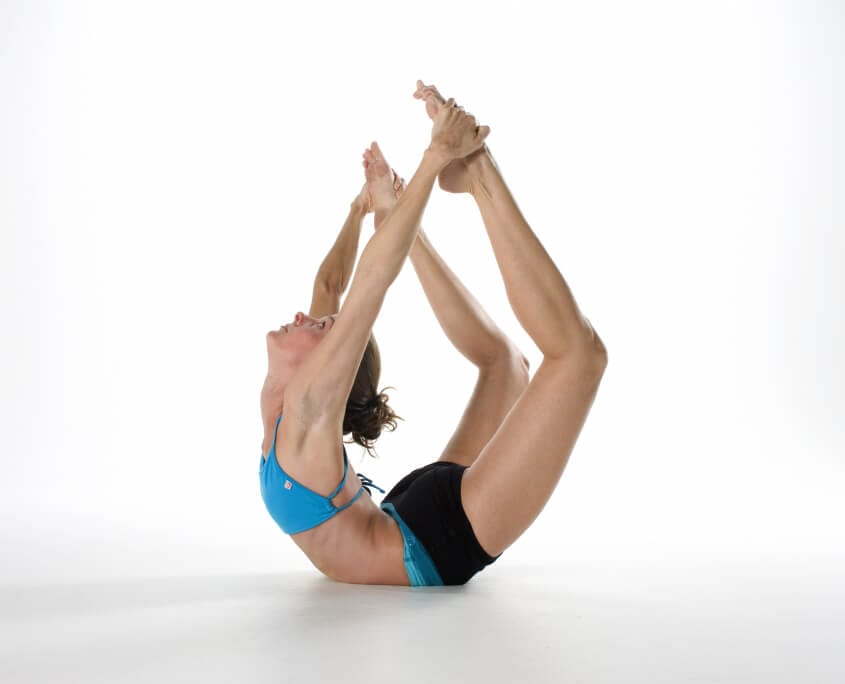
Bikram Yoga: Also known as hot yoga, Bikram yoga is practiced in a heated room (around 104°F) and follows a specific sequence of 26 postures. This style is not for everyone, especially those new to yoga or with certain health conditions.
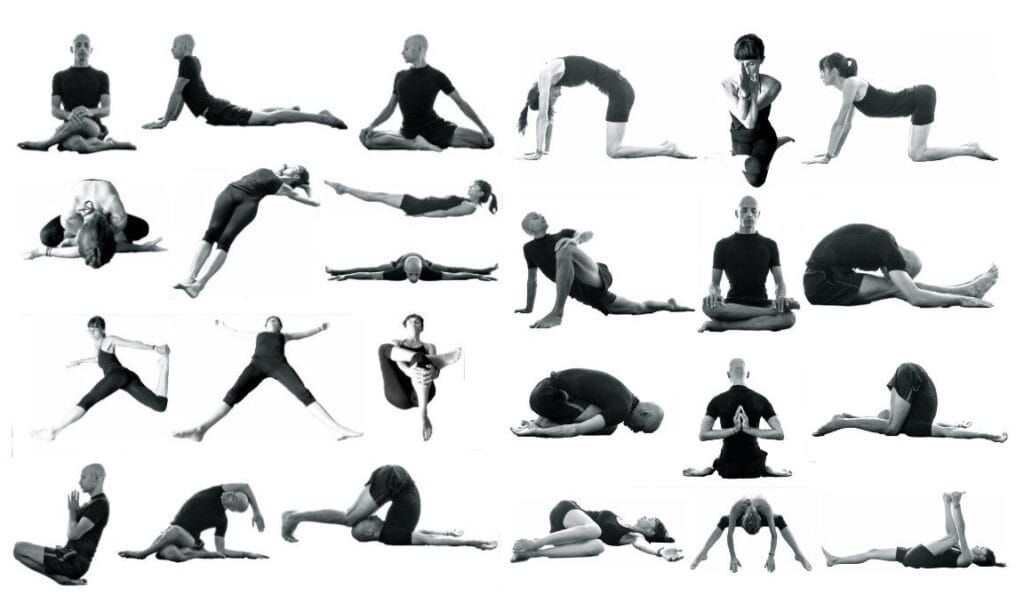
Yin Yoga: A slow-paced and meditative style, Yin yoga targets your connective tissues and deep muscle layers. Poses are held for several minutes, promoting relaxation and stress reduction.

Restorative Yoga: Similar to Yin yoga, restorative yoga uses props to support the body in gentle postures that are held for extended periods. It’s a deeply relaxing practice that promotes stress relief and rejuvenation.
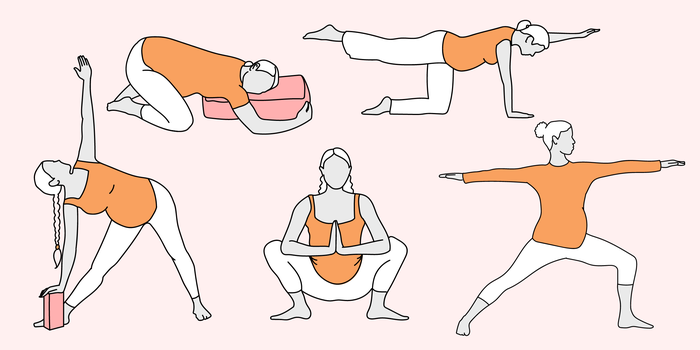
Prenatal Yoga: Tailored specifically for pregnant women, prenatal yoga focuses on postures that promote flexibility, strength, and relaxation. It can also help alleviate common pregnancy discomforts.
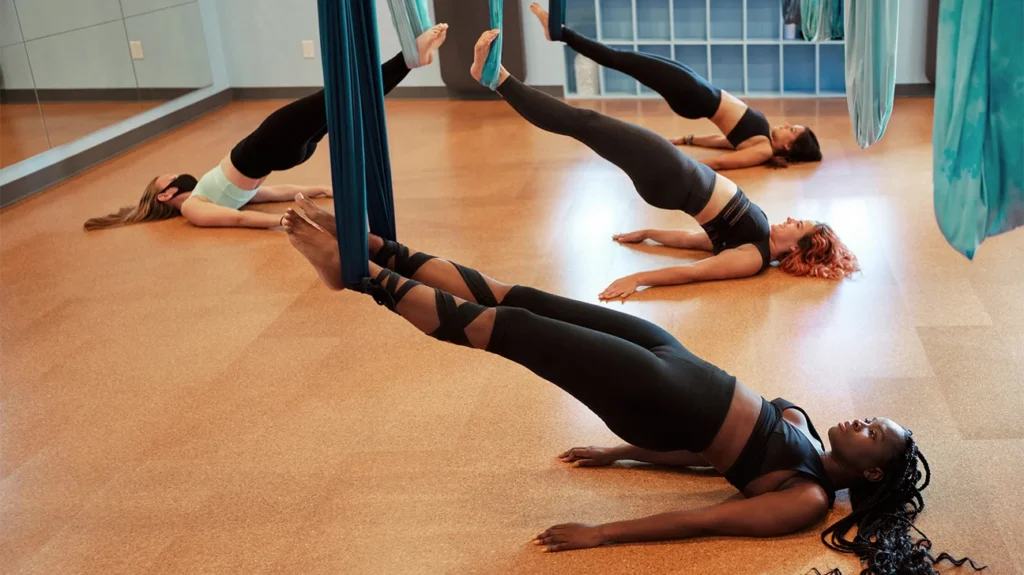
Aerial Yoga: This playful and acrobatic style of yoga uses hammocks suspended from the ceiling. It allows for deeper stretches and inversions that may not be possible on the ground.
This is just a sampling of the many yoga styles available. With so many options to choose from, there’s sure to be a type of yoga that perfectly suits your needs and preferences.
The “best” time to perform yoga depends on what you want to get out of your practice and your personal preferences.
Here’s a breakdown of the pros and cons of practicing yoga in the morning and evening:
Morning Yoga:
- Pros:
- Energizing: Yoga postures can jumpstart your metabolism and leave you feeling energized for the day ahead.
- Focus and Clarity: The practice can enhance mental clarity and focus, making you more productive throughout the morning.
- Sets the Tone: Starting your day with yoga sets a positive and mindful intention for the rest of your day.
- Empty Stomach: It’s ideal to practice yoga on an empty stomach, which is usually easier in the morning.
- Cons:
- Stiffness: Your body might be stiffer in the morning, making some poses more challenging.
- Not for Everyone: Early mornings can be tough for some people, especially if you’re not a natural morning person.
Evening Yoga:
- Pros:
- Stress Relief: Yoga can help unwind after a long day, reducing stress and promoting relaxation.
- Improved Sleep: The relaxation techniques used in yoga can significantly enhance sleep quality.
- More Flexibility: Your body might be looser and more flexible after a day of activity, making some poses easier.
- Cons:
- Full Stomach: Ideally, you shouldn’t practice yoga right after eating a heavy meal.
- Less Energy: You might feel less energetic in the evening, making it harder to push yourself in a more vigorous practice.
Ultimately, the best time to do yoga is the time that you’re most likely to stick with it consistently. Here are some additional tips:
- Experiment: Try practicing yoga at different times of the day to see what works best for you.
- Listen to Your Body: Pay attention to your energy levels and choose a time when you feel most alert and ready to practice.
- Short Sessions: If you’re short on time, even a short 15-20 minute yoga session can provide benefits.
No matter what time you choose, the most important thing is to create a regular yoga practice that fits into your lifestyle and helps you achieve your wellness goals.
History of Yoga
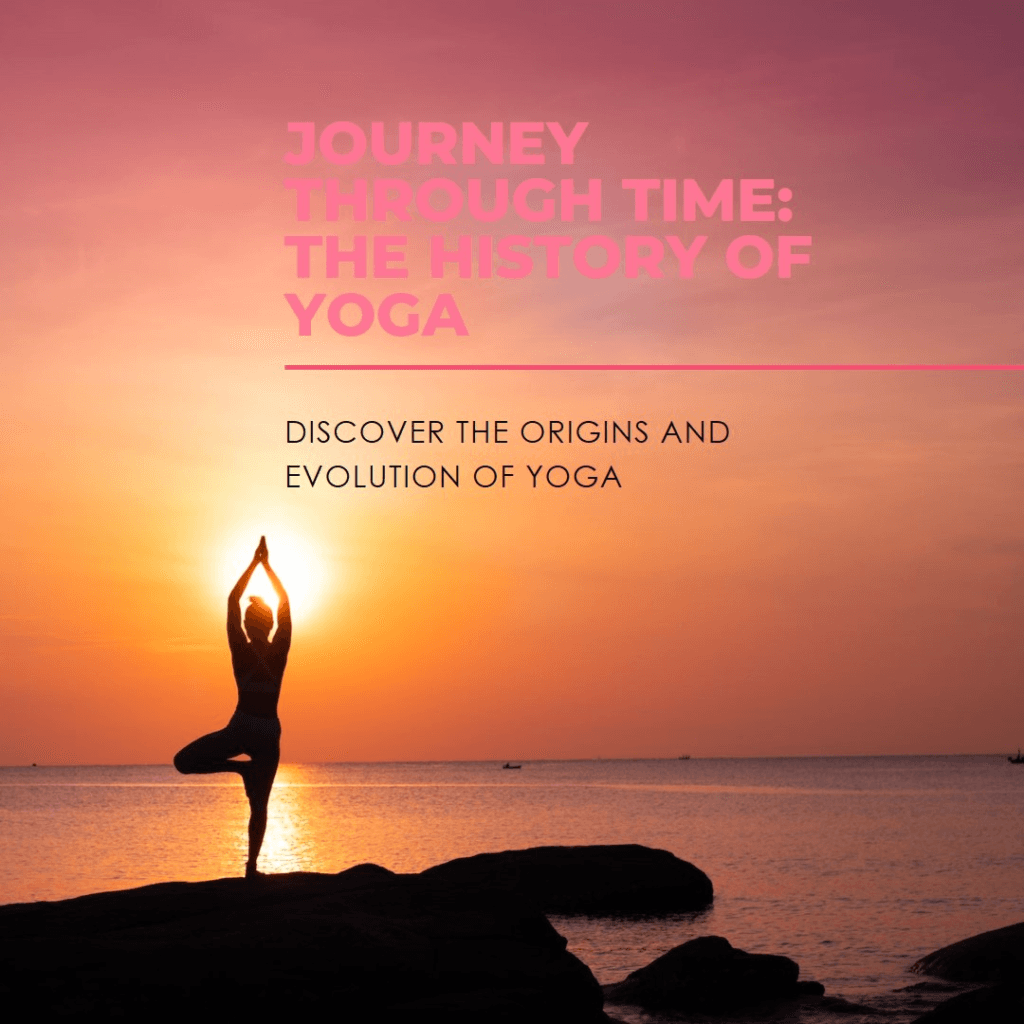
The history of yoga is vast and stretches back thousands of years, likely predating most major religions. Here’s a glimpse into its fascinating journey:
- Ancient Roots (2700 BCE – 500 BCE):
- Evidence suggests yoga practices existed in the Indus Valley Civilization in Northern India.
- The word “yoga” itself first appears in the Rigveda, one of the oldest sacred texts in Hinduism.
- Pre-Classical Period (500 BCE – 300 CE):
- The Upanishads, philosophical and spiritual texts, delve deeper into yoga concepts like self-realization and moksha (liberation).
- Yoga practices become more systematized and codified during this period.
- Classical Period (300 CE – 800 CE):
- This is considered the golden age of yoga.
- The Yoga Sutras of Patanjali, a foundational text, outlines the eight limbs of yoga, a structured path to achieve liberation.
- Tantra, another philosophical system, emerges and influences the development of Hatha yoga, which focuses on physical postures.
- Post-Classical Period (800 CE – 1800 CE):
- Hatha yoga gains prominence, with texts like the Hatha Yoga Pradipika detailing postures and breathing exercises.
- Yoga becomes more diverse, with various schools and lineages emerging.
- Bhakti yoga (yoga of devotion) and Jnana yoga (yoga of knowledge) flourish during this time.
- Modern Period (1800 CE – Present):
- Yoga reaches the West in the late 19th and early 20th centuries through the efforts of Indian spiritual teachers like Swami Vivekananda.
- Ashtanga yoga and Iyengar yoga are established in the 20th century, emphasizing specific sequences and precise alignment.
- Yoga continues to evolve in the modern world, with new styles like Vinyasa yoga and aerial yoga emerging.
- Today, yoga is practiced worldwide for its physical and mental benefits, transcending its religious roots.
This is a simplified overview. The history of yoga is rich and complex, with various schools of thought and practices emerging throughout the centuries.
#epicinfinite #epicarticle #epicblog
Have any questions or tips about yoga? Share them in the comments!






